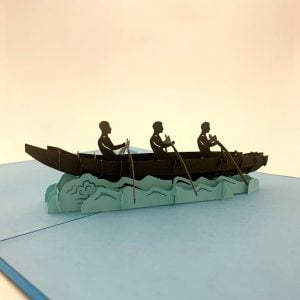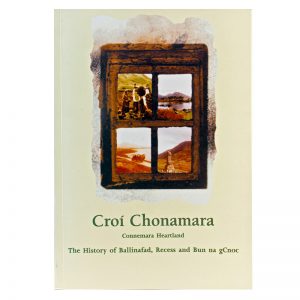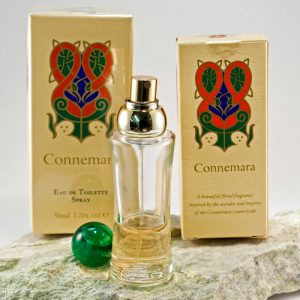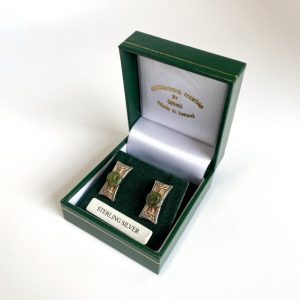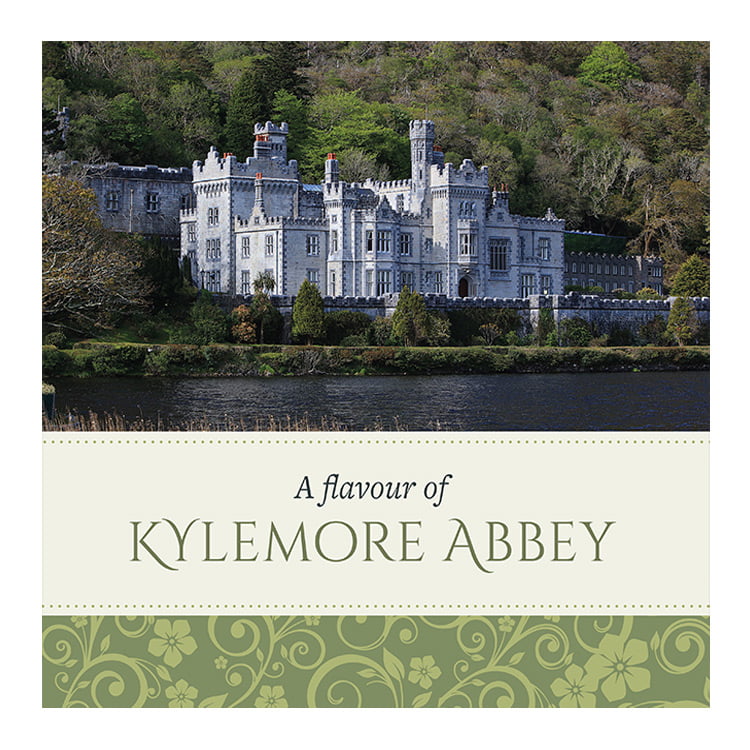- Sorry, this product cannot be purchased.
A Flavour of Kylemore Abbey
Between the wild ruggedness of Connemara woodland and the power and intensity of the Atlantic Ocean in the West of Ireland, lies the enchanting Kylemore Abbey and it’s Victorian Walled Gardens.
Owned and run by the Benedictine community, who have been in residence here since 1920, Kylemore Abbey is one of Ireland’s best loved and most iconic visitor attractions. The Benedictine nuns are renowned for their delicious home-baking and wholesome food in the Abbey restaurant and tea rooms. The nuns now also make and sell their own chocolate.
As well as offering a range of Kylemore’s unique recipes this book gives an exclusive glimpse into one of Ireland’s most intriguing estates, beautifully documented by award-winning photographer Valerie O’Sullivan.
€25.00
Out of stock
Kylemore Abbey and The origins of A Flavour of Kylemore Abbey.
Between the wild ruggedness of Connemara's woodland and the power and intensity of the Atlantic Ocean in the West of Ireland, lies the enchanting Kylemore Abbey and it's Victorian Walled Garden.
Owned and run by the Benedictine community, who have been in residence here since 1920, Kylemore Abbey is one of Ireland’s best loved and most iconic visitor attractions. The Benedictine nuns are renowned for their delicious home-baking and wholesome food in the Abbey restaurant and tea rooms. The nuns now also make and sell their own chocolate.
As well as offering a range of Kylemore’s unique recipes this book gives an exclusive glimpse into one of Ireland’s most intriguing estates, beautifully documented by award-winning photographer Valerie O’Sullivan.
John O’Toole is head chef at Mitchell’s Café in Kylemore Abbey. Originally from Moyard, John has a professional career span- ning decades bringing top quality food to diners in Connemara.
John plans to modernise some of the Benedictine nuns’ recipes: ‘The nuns’ recipes are timeless classics,’ John said. ‘I’ll be looking at them with a fresh approach and some may be modernised with new twists over the summer.’
Marguerite Foyle is the Manager at the Kylemore Abbey since May 2015.
Valerie O’Sullivan is a photographer and media provider, based in Killarney. She covers a wide range of events in the Public Relations, Press, Tourism and Outdoor Sectors. A winner of many national awards in the Press Photographs Association of Ireland competition.
Kylemore Castle was built in 1868 as a private home for the family of Mitchell Henry, a wealthy doctor from London whose family was involved in textile manufacturing in Manchester, England. He moved to Ireland when he and his wife Margaret purchased the land around the Abbey, after having travelled there on their honeymoon in the mid 1840s. He became a politician, becoming an MP for County Galway from 1871 to 1885. The castle was designed by James Franklin Fuller, aided by Ussher Roberts. The construction of the castle began in 1867, and took the total of one hundred men and four years to complete. The castle covered approximately 40,000 square feet (3,700 m2) and had over seventy rooms with a principal wall that was two to three feet thick. The facade measures 142 feet (43 m) in width and is made of granite brought from Dalkey by sea to Letterfrack and from limestone brought from Ballinasloe. There were 33 bedrooms, 4 bathrooms, 4 sitting rooms, a ballroom, billiard room, library, study, school room, smoking room, gun room and various offices and domestic staff residences for the butler, cook, housekeeper and other servants. Other buildings include a Gothic cathedral and family mausoleum containing the bodies of Margaret Henry, Mitchell Henry and a great grand-nephew.
The Abbey remained in Henry's estate after he returned to England. The castle was sold to the Duke and Duchess of Manchester in 1903, who resided there for several years before being forced to sell the house and grounds because of gambling debts. In 1920, the Irish Benedictine Nuns purchased the Abbey castle and lands after they were forced to flee Ypres, Belgium during World War I. The nuns, who had been based in Ypres for several hundred years, had been bombed out of their Abbey during World War I. The nuns continued to offer education to Catholic girls, opening an international boarding school and establishing a day school for girls from the locality. The school acted as the main educator for most girls from Renvyle, Letterfrack and further afield for almost a century but it was forced to close in June 2010.[1] The nuns have since been developing new education and retreat activities.
Additional information
| Weight | 1.25 kg |
|---|---|
| Dimensions | 25 × 25 × 1 cm |


